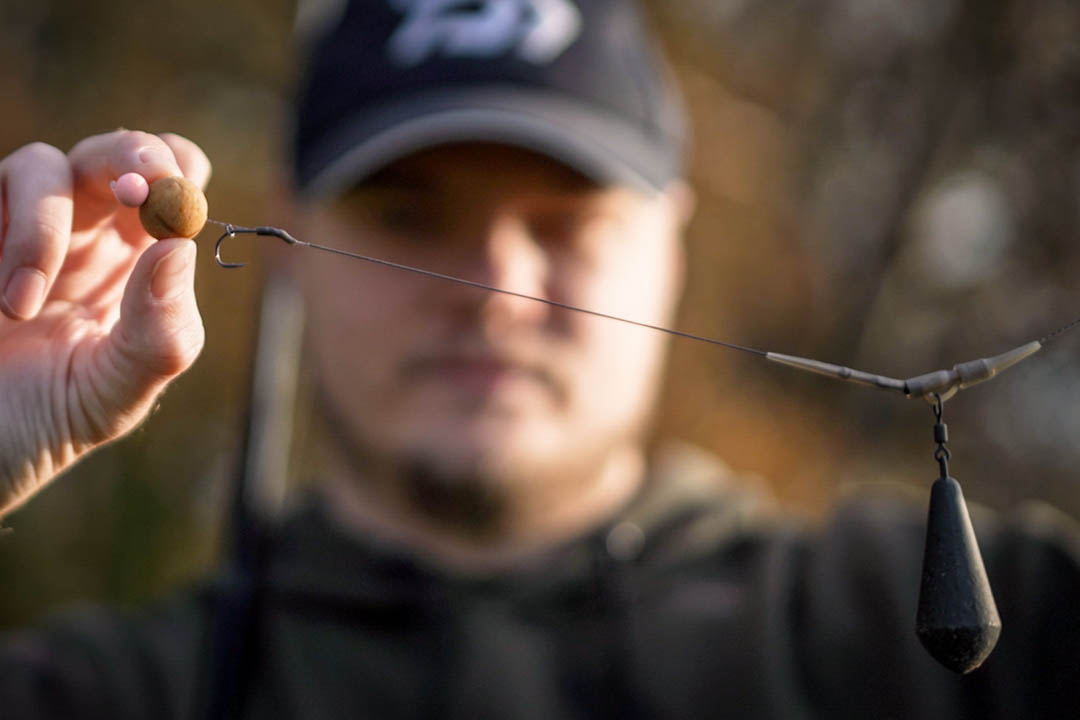Long Distance Fishing- Jack Wheeler
The majority of my fishing is spent on small intimate waters using shorter 10ft rods and flicking a rig out 40 – 50 yards maximum. However this year I decided to do the complete opposite and spend more time fishing a local reservoir. Fishing at range is a whole different kettle of fish and fine margins can really make a difference between catching and not catching. Hopefully these tips can help you put more fish on the bank when fishing long range venues.
Braided Shock Leaders
On venues that allow the use of braided shock leaders this can be an absolute game changer for getting extra distance on your cast. My go to shock leader is Daiwa J – Braid X8 in 50lb and by using 4 to 5 rod lengths of this as a leader it allows me to use a lower diameter mainline. This ultimately reduces resistance when the line travels through the air. It is important to take into consideration the type of venue you are fishing before deciding to reduce the diameter of your mainline. If you are fishing a water that has a lot of snags present it would be best not to use a lower diameter line to ensure you can land a fish safely without risking a cut off when playing a fish. Another benefit of using a braided shock leader is it allows you to use a heavier lead without the risk of cracking off on the cast as longs as you ensure the joining knot is at the bottom of the spool before casting. A heavier lead makes it easier to compress the rod which in theory should result in casting further than with a lighter lead. I find a 4oz distance lead is my sweet spot when fishing at range.
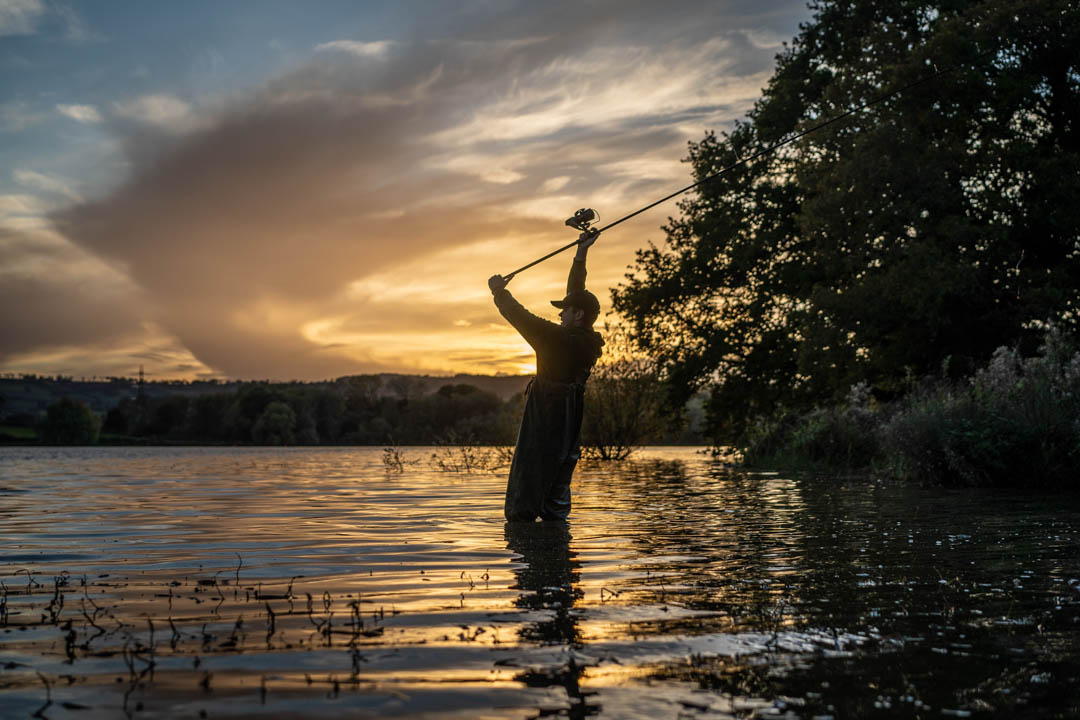
Tapered Mainline
If the water you are fishing bans the use of braided leaders then that is where tapered mainlines really come into their own. A tapered mainline will have several rod lengths of a high diameter monofilament at the top of the spool and then taper down to a lower diameter monofilament. When casting the higher diameter (stronger) line will take the force of the cast and the lower diameter line just behind will ensure minimal resistance through the air. This is a great alternative to using braided leaders as it still allows you to use a heavier lead.
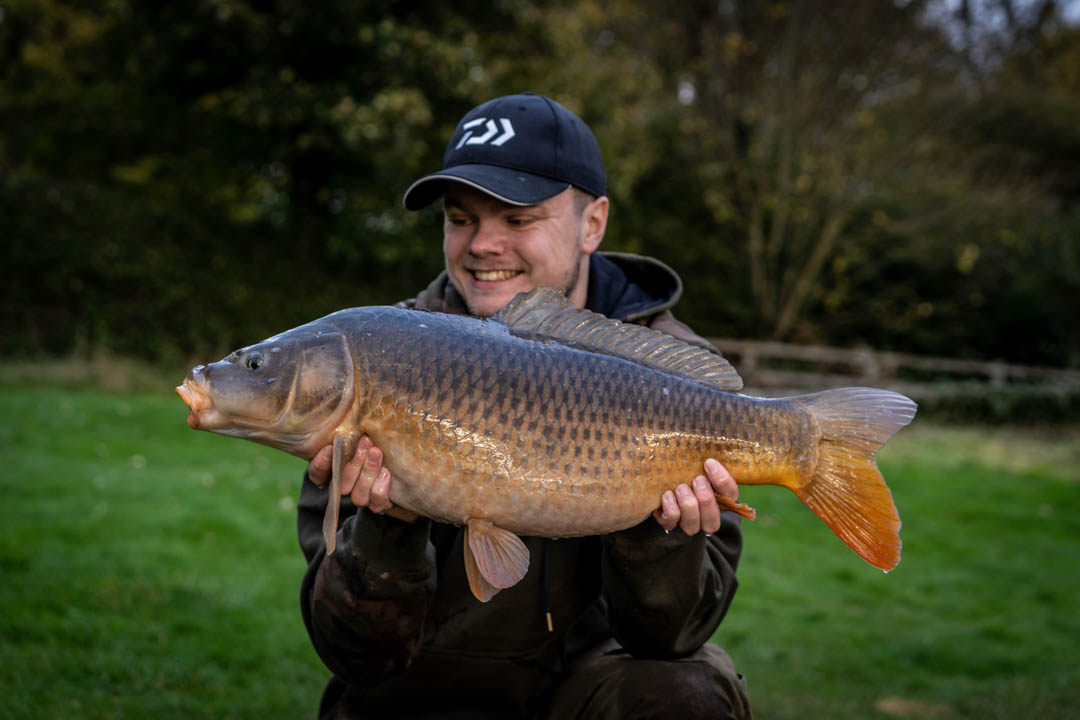
The right kit for the job
When fishing at any sort of range it is crucial to use the right kit for the job. Turning up to a long range venue with 10ft rods is unfortunately going to be an uphill struggle especially if you see fish activity towards the center of a lake. This is pretty common on big waters as any sort of angling pressure can see the fish move into that central area where it would be difficult to cast a rig. When casting big distances it is best to use a rod of around 12 or 13ft with a strong test curve. This will give you more leverage and power on the cast which will result in casting longer distances. I use the 12ft INFINITY X45 rods in 3.25lb test curve for the majority of my distance fishing as I find it has plenty of power when casting those heavier leads.
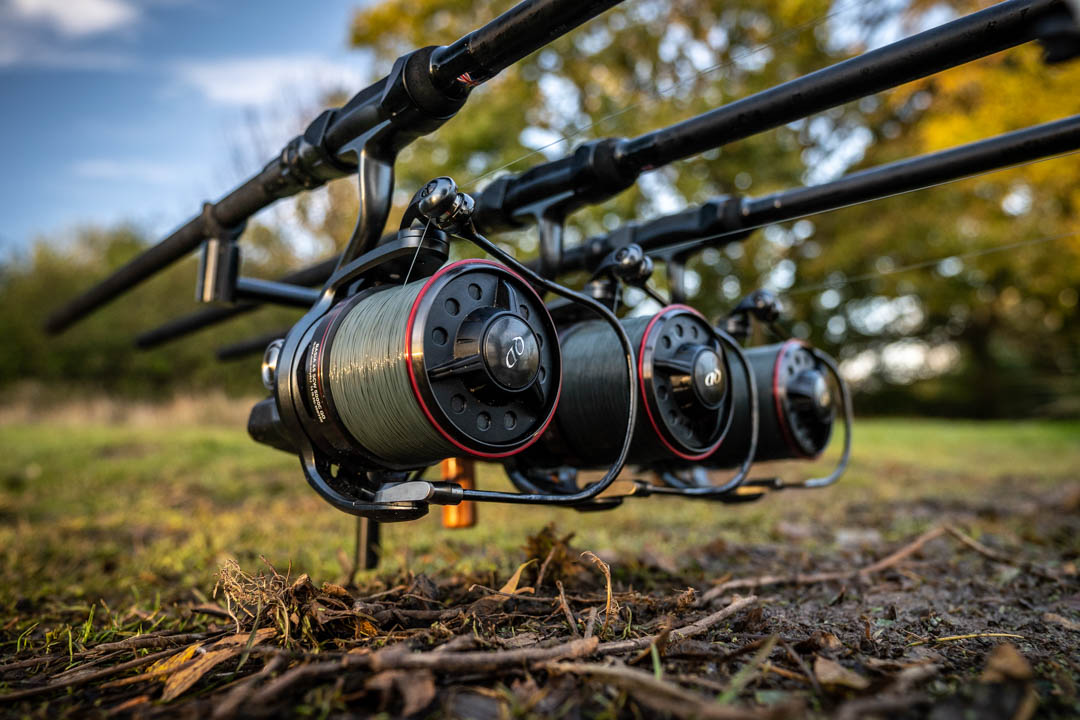
Being able to bait up over your rigs
One of the most important factors when fishing at range is being able to bait up over the top of your rigs especially when fishing those higher stock venues. The reservoir I have been fishing is pretty baron in terms of features so the bait I put out in the swim becomes the main feature and can be the difference between a blank and a good hit of fish. When baiting up with a Spomb accuracy is key! However the further you cast the harder it is to remain accurate especially if there is a cross wind blowing across the lake. Instead of casting to the horizon with my fishing rods and struggling to bait up accurately over the top, I will always reduce the distance I fish to guarantee I bait up accurately over the top. Even if it means fishing 4 or 5 wraps shorter than I would normally due to a strong cross wind. The only time I would not worry about baiting up over my rods is if I am just fishing singles then I am more than happy to fish at longer range.
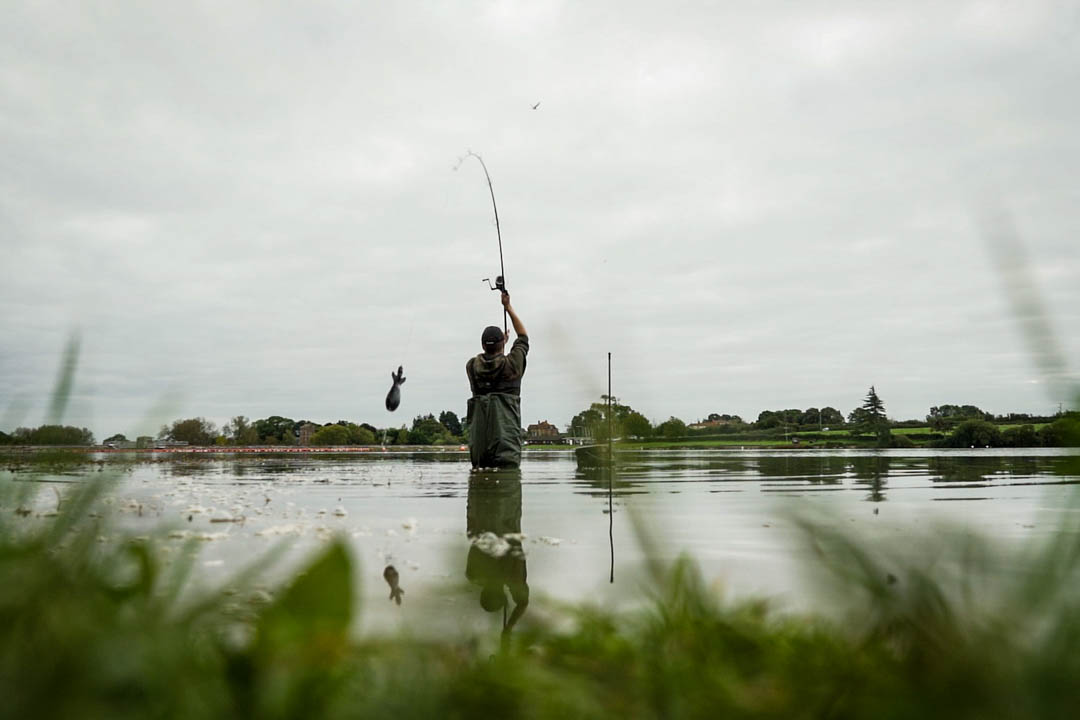
Select your rig carefully
The longer the cast the more time the rig has to tangle so selecting the correct rig is key when fishing at range. I would avoid using softer rig materials such as uncoated braid or even a soft coated braid as they can be prone to wrapping back up your mainline resulting in an ineffective presentation. I have found stiffer rigs to be much more anti tangle proof when fishing at distance. Materials such as fluorocarbon or semi stiff coated braid are absolutely perfect. A simple rig with less components can also be a big edge when trying to prevent tangles on the cast. When bottom bait fishing I typically use a blowback rig constructed with semi stiff coated braid with a tiny section of uncoated just above the hook. It is very rare I find this rig to tangle during the cast and that is exactly what you need. A reliable rig that is always presenting your hook bait effectively.
